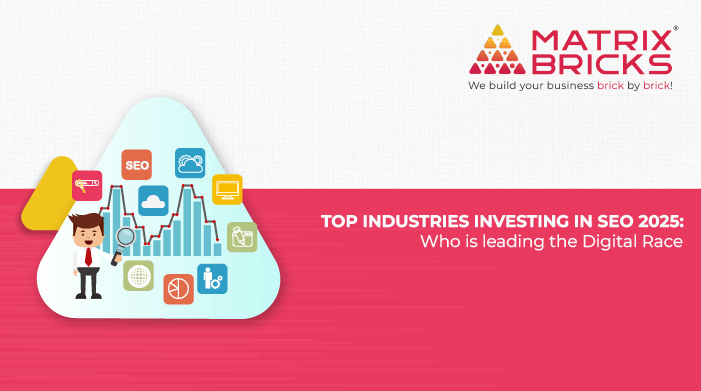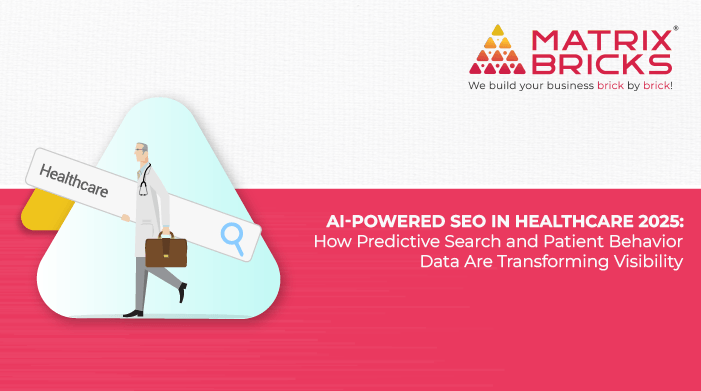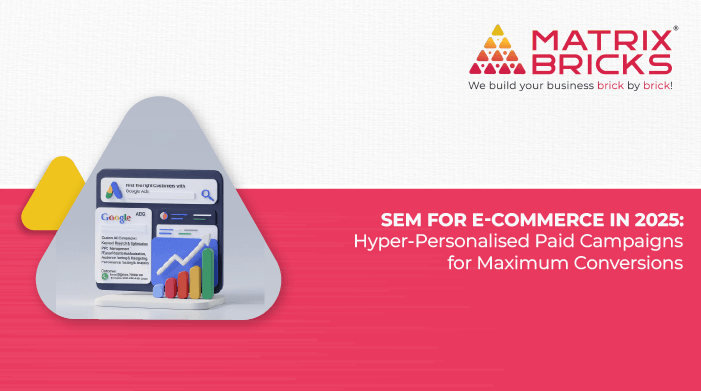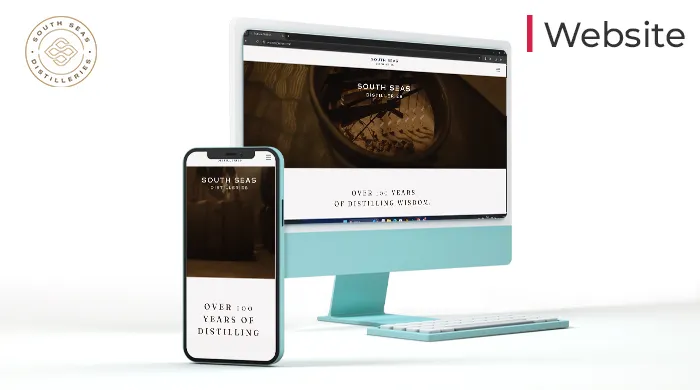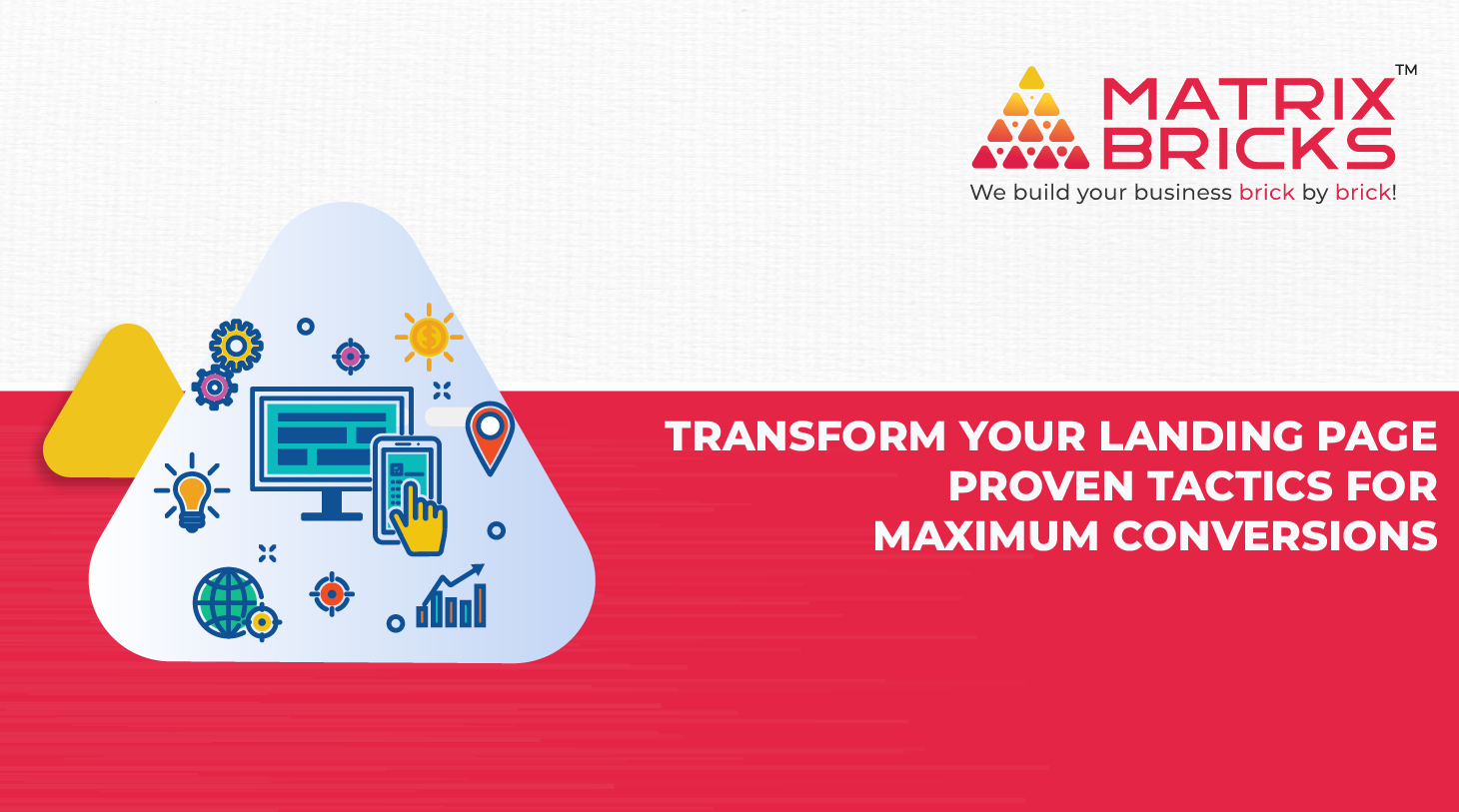
One of the most important components of digital marketing is landing pages, which essentially turn visitors into clients. A rightly designed landing page will make a huge difference in increasing the conversion rates and, as such, becomes an indispensable part of any successful online marketing strategy. When you are running your campaign through a PPC ad agency or handling it entirely on your own, optimising the landing page is where the magic happens and your conversions get optimally maximized. In this blog post, we will talk about some proven tactics that transform your landing page and bring more conversions.
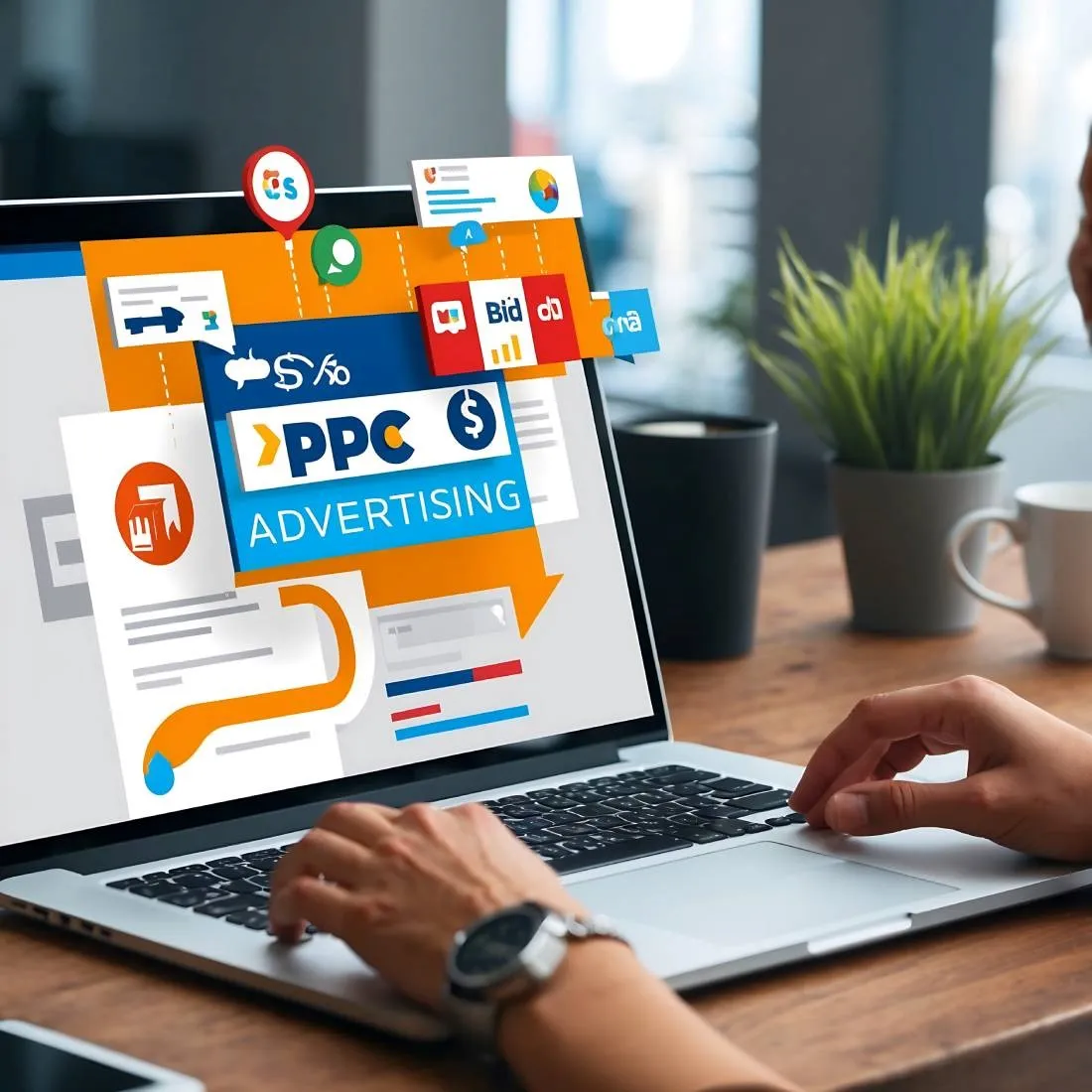
Recognising the Value of an Effective Landing Page
In this regard, before discussing the tactics, it’s worth outlining why a high-converting landing page is so crucial. A landing page is a destination to which visitors land after clicking on the link, most often coming from Google Ads services or social media and email campaigns. The task of a landing page is to allow the visitor to act; in other words, to make him subscribe to your newsletter, buy something, or ask for more details.
Key Benefits of a Highly Converting Landing Page:
Increased ROI:
An optimised landing page can increase your conversion rates, which impacts your return on investment.
Better User Experience:
An effective landing page results in a seamless user experience, as it will guide visitors to take action without confusion at each step.
Enhanced Brand Image:
A professional and well-designed landing page does enhance your brand’s credibility and its trustworthiness.
Proven Tactics for Optimising Your Landing Page
Here are some proven tactics to turn your landing page into a high-converting powerhouse:
1. Craft Compelling Headlines
Your headline happens to be the first point of contact between you and your visitor once they land on your page. A compelling headline leaves your visitors wanting to know more and persuades them to read on. Here are a few tips on coming up with effective headlines:
Be Clear and Concise:
Your headline should clearly convey the benefit or value proposition of your offer.
Use Strong Words:
You will add action words to prompt the emotions and actions of readers.
Use Keywords:
Insert relevant keywords, which speak to your target audience, in order to boost your chances of SEO.
2. Mobile-Friendly
Since more and more people now access sites from mobile devices, it’s also important to ensure that your landing page is mobile-friendly. A responsive design means that your page will look just perfect in any screen size and function just right. Here are a few important points to think about:
Speed:
Mobile users want things to load very fast. Optimising images and streamlining redirects can help your page load faster.
Easy Navigation:
Make navigation as easy as possible for mobile users, with large buttons and very easy forms to fill in.
3. Employing Superb Images and Videos
A landing page can be greatly enriched by the presence of visual content. High-quality images and videos can attract the interest of your visitor and make it easier to pass across the message you have to them. Here’s how to use them:
Relevance:
Make use of pictures and videos that are appropriate for the offer. This will drive reinforcement of your message and increase user engagement.
Professional Quality:
Use professional visuals to give off a quality feeling and trustworthiness to build faith in your offer.

4. Make the CTA clear
One of the most significant parts of your landing page is your call to action, or CTA. This is what will drive visitors to the desired action. Here’s how to construct effective CTAs:
- Be Direct: Make use of clear and concise language that communicates exactly what you want the visitor to do.
- Contrasting Colours: Make your CTA pop using contrasting colours that really grab the eye.
- Placement: Place your CTA strategically throughout the page, so they are noticeable yet not annoying.
5. Use Social Proof.
For example, it can be testimonials and reviews or case studies—all these will give credibility to your landing page. The more others say something good about it, the more others are going to believe in your brand. How to implement social proof:
Customer Testimonials:
Use quotes from glad customers for demonstrating how effective your product or service is.
Case Studies:
Prepare rich case studies that show how your products have solved others’ problems.
Star Ratings and Reviews:
If you have it, place star ratings or reviews from good platforms to win their trust.
6. Limit Distractions
A messy landing page will confuse visitors and cause them to bounce off quickly. To achieve more conversion, minimising distractions must be achieved. Some of the ways are:
Keep it simple:
A minimal layout containing ample white space leads eyeballs to the button.
Limit Navigation Options:
Eliminate unnecessary links or buttons on the page that might shift focus away from your desired objective landing page. 7. A/B Testing
A/B testing creates two versions of a landing page and allows you to choose which one would perform better. This way, you test different elements and make data-driven decisions about things. Testing: Key elements of a website would include:
- Headlines: Try the effects of different headlines on your audience.
- CTAs: Test the language, colour, or placement to improve conversion rates.
- Images vs. Videos: Test images first against videos to decide whether images will be better for your target audience.
7. Optimise with SEO Best Practices
Not even the best landing page will ever gain significant traction if it isn’t optimised for search engines. Make sure that your page ranks higher in search results by going through SEO best practices. Here are some suggestions:
Keyword Optimisation:
Use target keywords in headings, subheadings, and body text.
Meta Tags and Descriptions:
Optimise meta tags and descriptions for higher visibility and click-through rate.
Image Alt Text:
Include a descriptive alt text for all images to make them more accessible and SEO-friendly.

8. Monitor and Analyse Performance
Track the performance of your landing page after making changes. Leverage Google Analytics services so you may track such necessary parameters, including conversion rates, bounce rates, and user behavior. Analyse those metrics every so often to determine areas where you will need to make some adjustments to develop an even more effective campaign next time.
9. Integrate Google Ads Services
If you are driving traffic to the landing page by means of Google Ads services then it is essential for the ads to be aligned with content on the landing page. Here are a few tips to integrate them:
A proper integration could ensure that consistent messaging is maintained between your ads and your landing page so that the user doesn’t find it jarring to stay on to see the flow. Use targeted keywords in ads and landing pages to boost quality scores and improve ad performance. Regularly review the performance of Google Ads campaigns for the efficient amount of traffic that is being sent to the landing page.
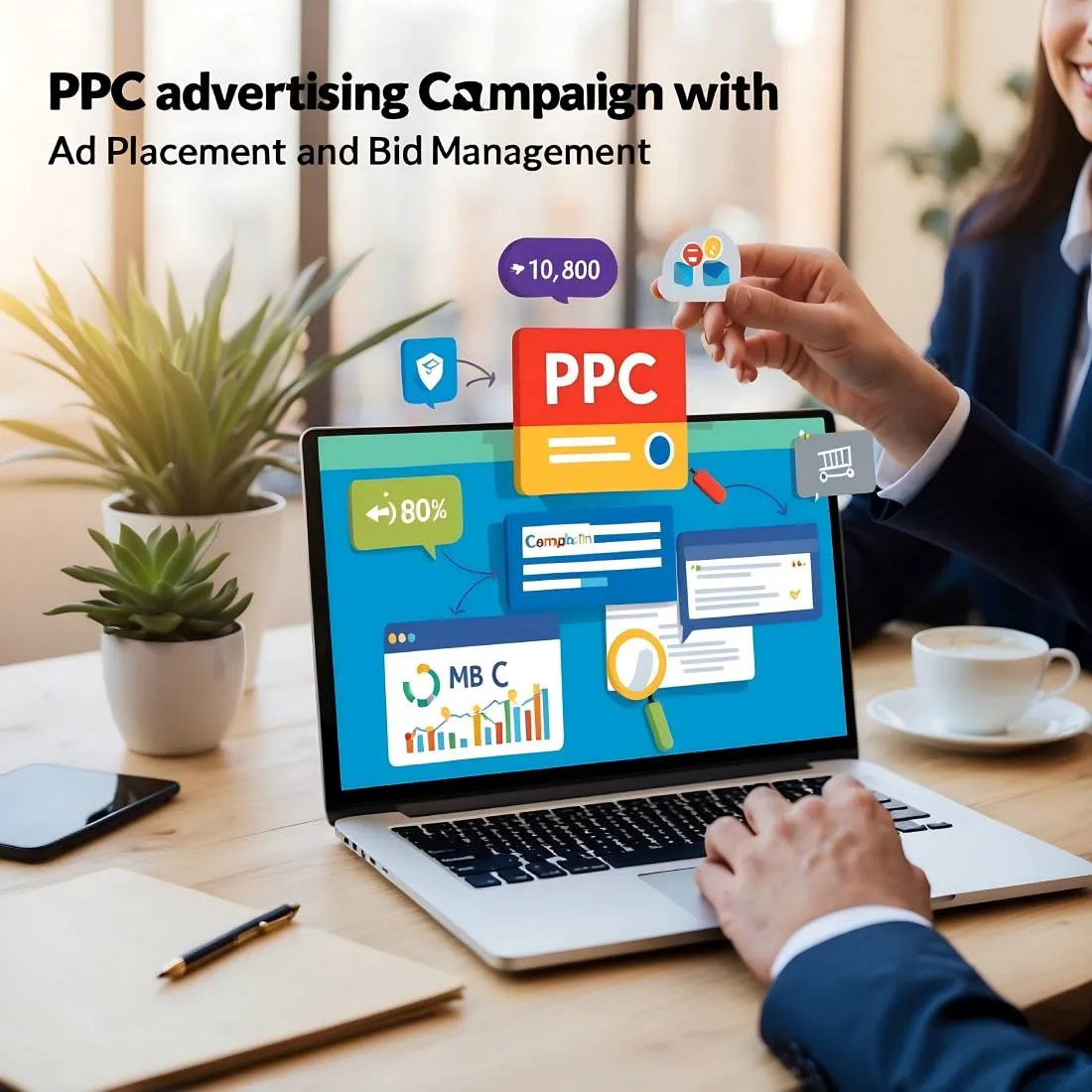
10. Work with a PPC Ad Agency
A partner to PPC ad agency and acquire the needed skill set to optimise your campaign properly. A professional agency can really assist you with many things:
Expertise:
A PPC ad agency has the knowledge and experience of how to formulate effective campaigns that drive quality traffic to the landing page.
Time-Saving:
Outsourcing PPC campaigns allows you to pay attention to the other significant elements of your business as you rely on professionals to take care of your advertising strategy.
Continuous Optimisation:
A PPC ad agency will monitor and adjust your campaigns to ensure maximum performance and ROI.
Conclusion:
A landing page makeover is very much needed to maximise the conversions and convert business goals into reality. Utilising the above proven tactics, you can easily create a compelling, user-friendly landing page and thus drive the needed results. Whether you hire a PPC ad agency or do everything on your own, remember that long-term success comes from continued testing and optimisation.
This investment of time and effort on the landing page will see conversions go up, along with ROI, and ultimately strengthen your presence online. Take that step, apply these tactics, and watch your landing page transform into a powerful conversion tool. For those looking for expert assistance, don’t be afraid to team up with the right search advertising company or Google Ads company to help furnish the right resources and professionalism to really advance your digital marketing efforts.


